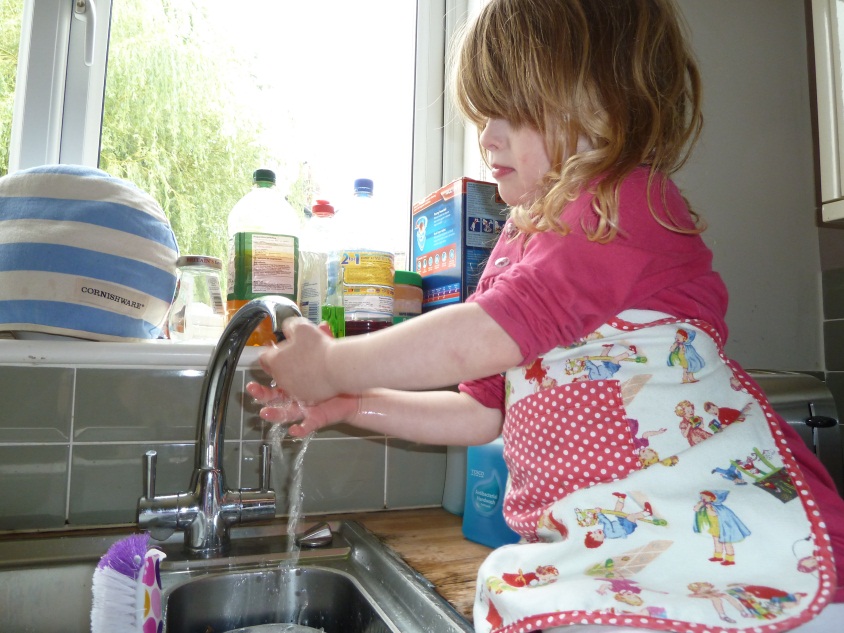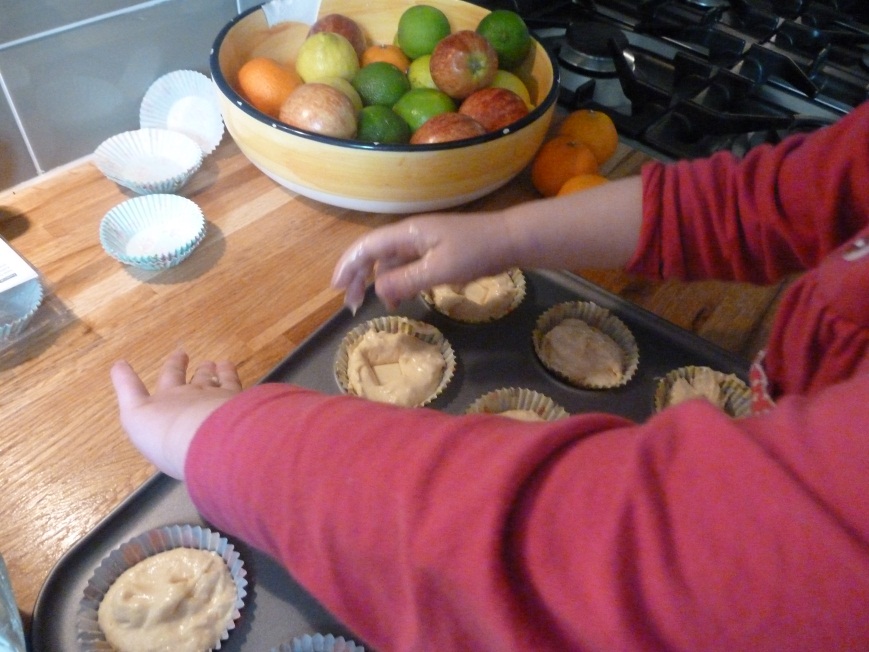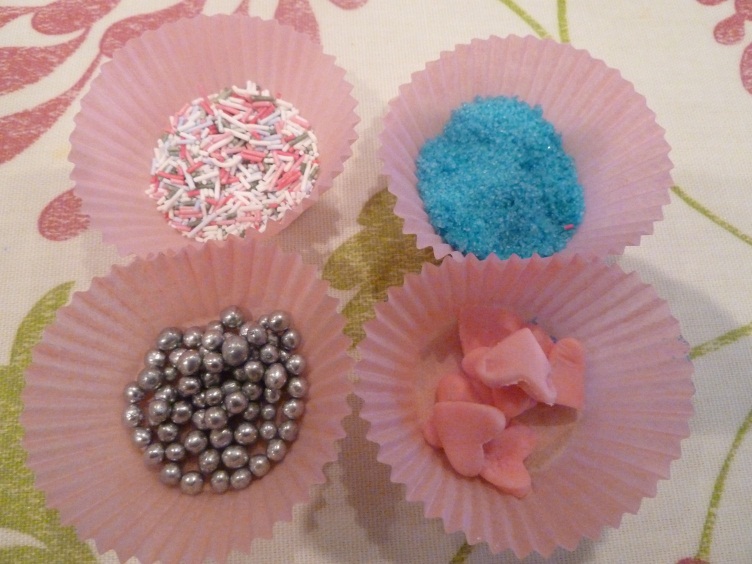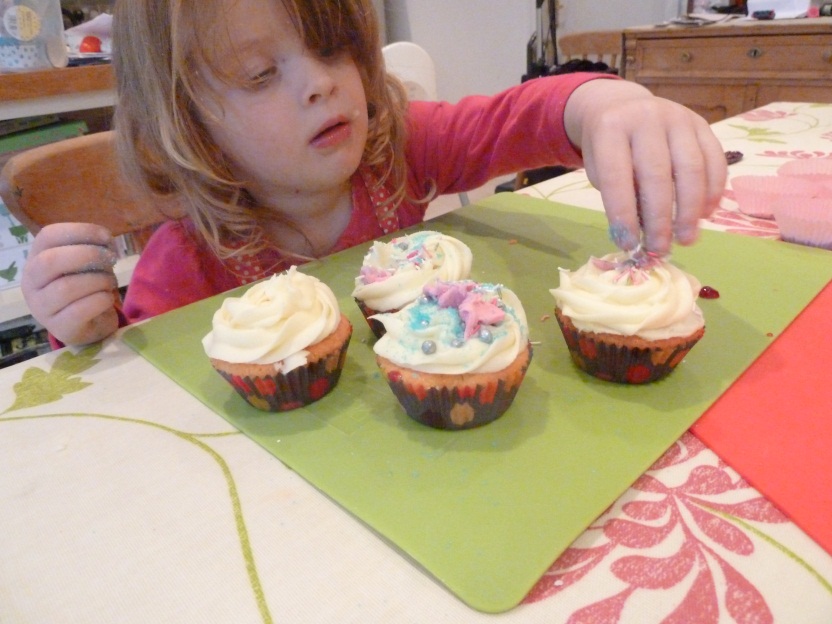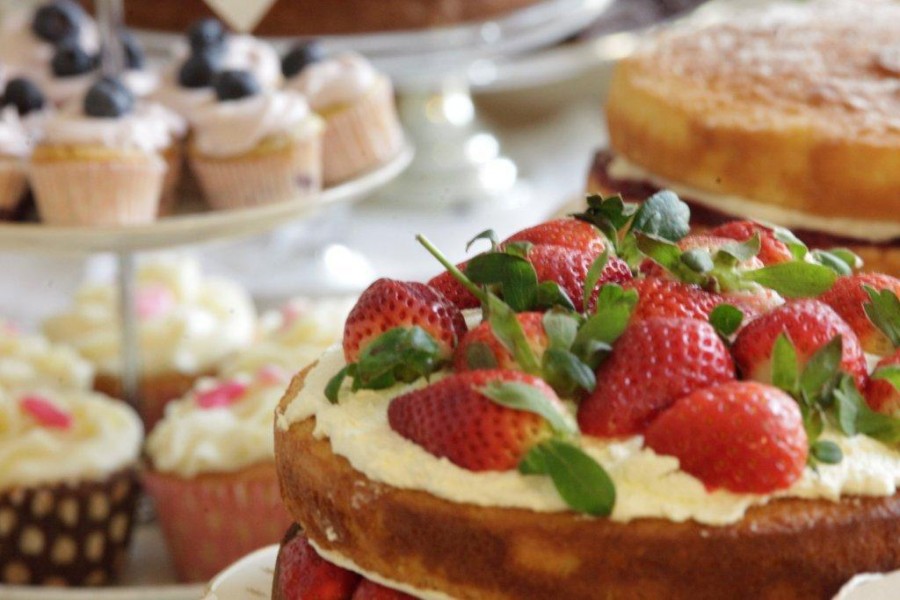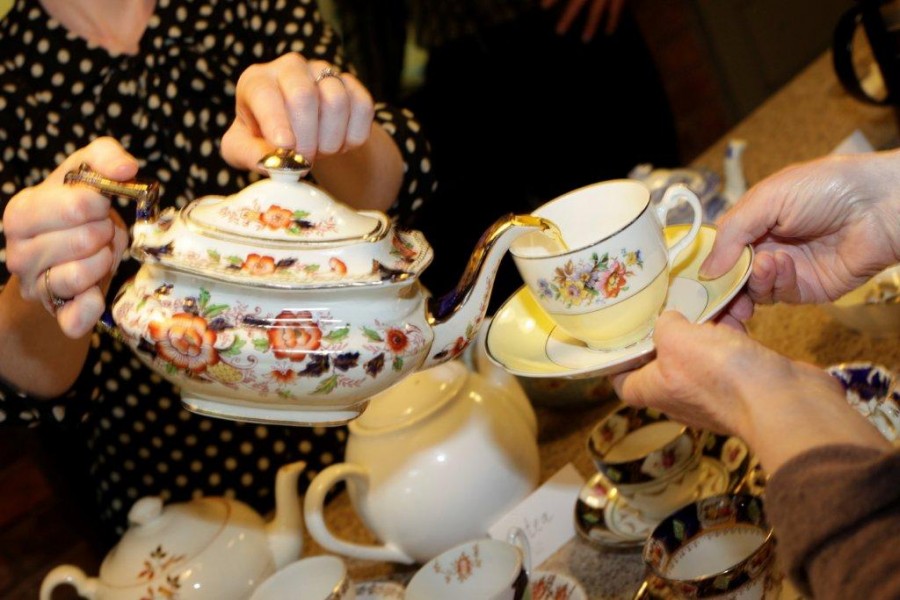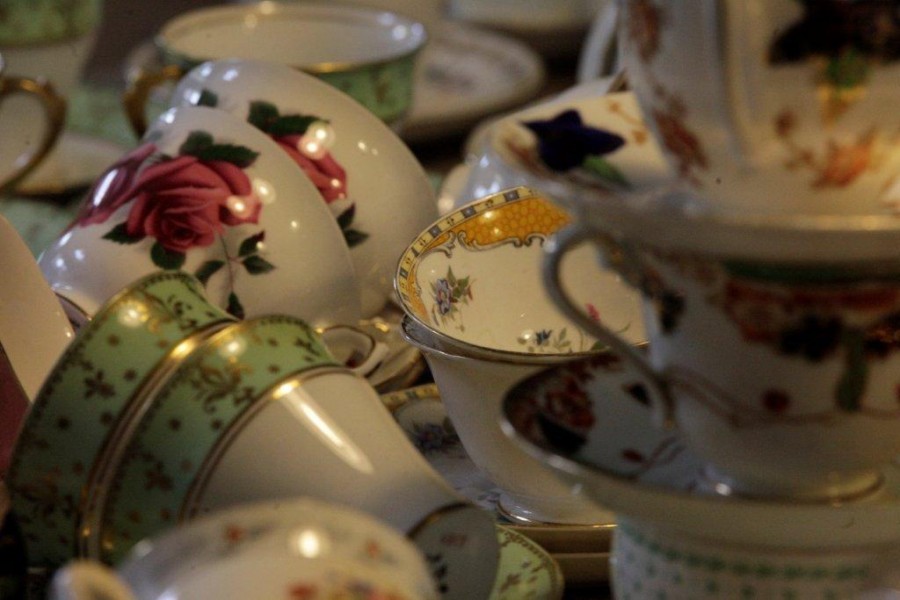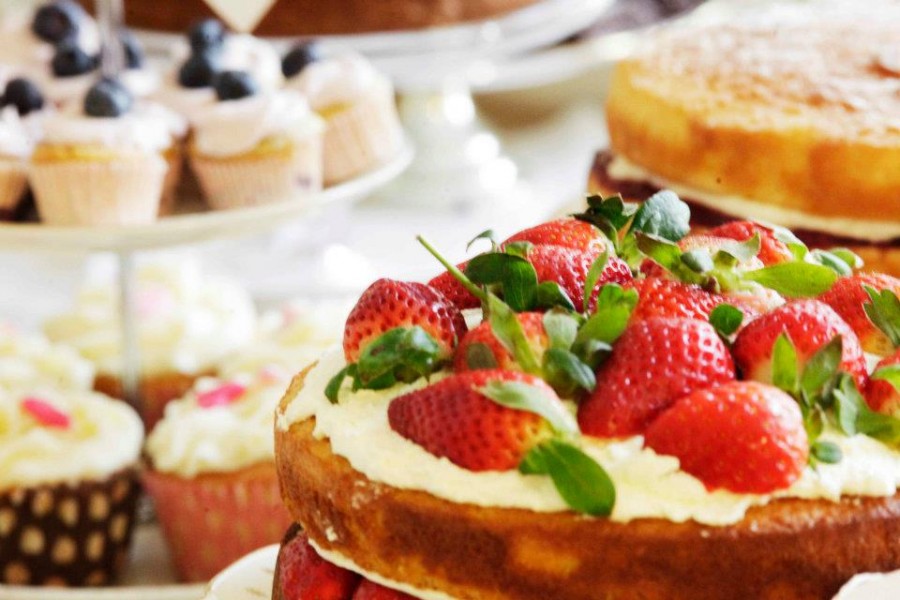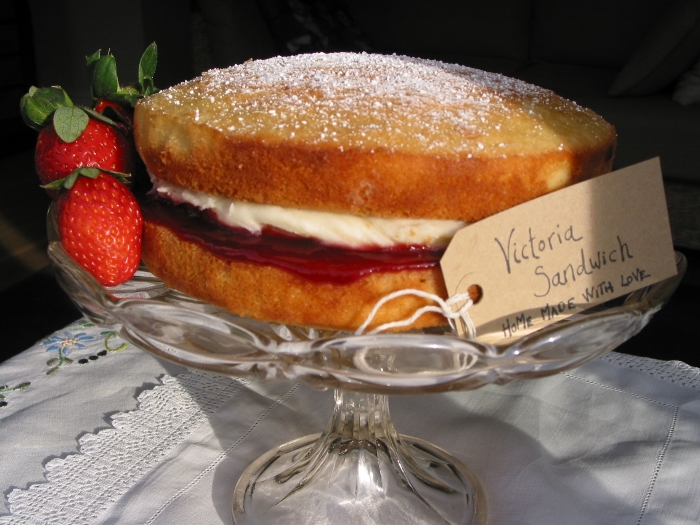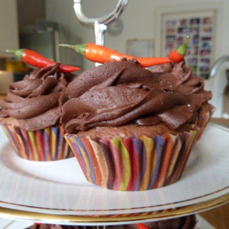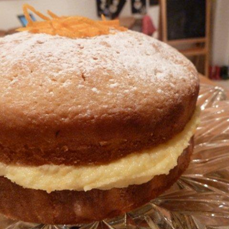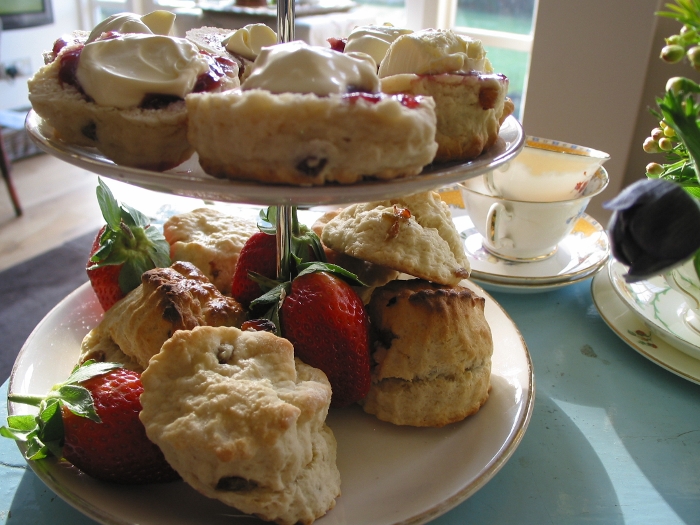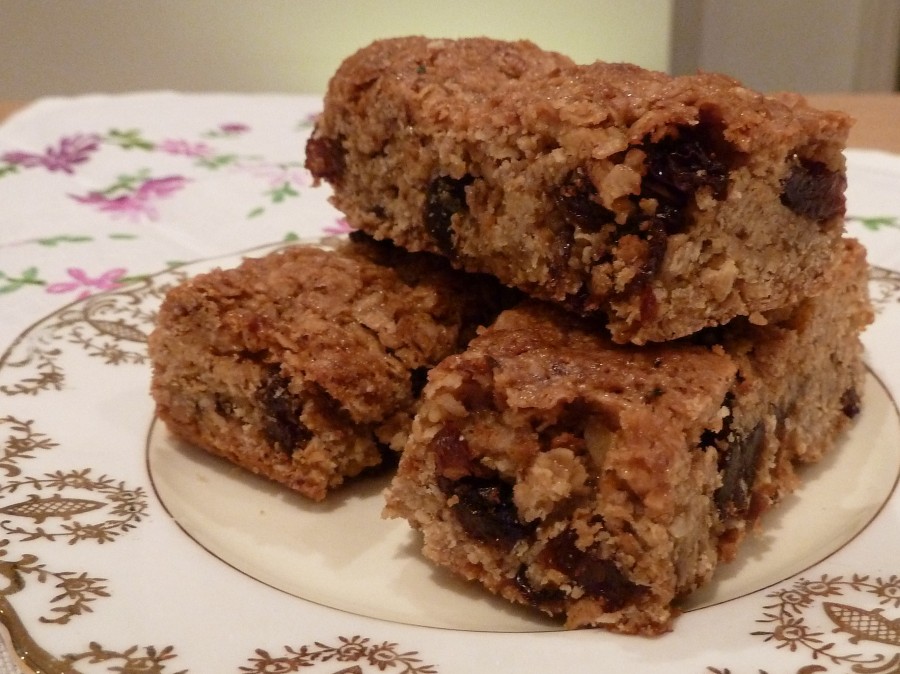Rain, heavy rain, light showers, more rain. No surprise our little ones are getting a bit of cabin fever. Trips to the park are off the list, as is playing in the garden that now resembles a pond, and if I have to sufferthe indignity of trying to squeeze my Mummy body up and down through the soft play maze one more time I may be forced to emigrate. The summer holidays haven’t even begun and the children are getting fed up. Drawing, sticking, teddy bears tea parties and den building have served us well, but just aren’t cutting the mustard anymore. Time to mix it all up with a bit of kiddy baking….yes I know it’s messy, a little frustrating (they probably won’t do it like you would) and won’t necessarily result in something you would feed your mates, but they love it! Not only do they enjoy it, but it’s a great chance to teach them something new…weighing ingredients, counting out cupcake cases, learning new words…when else will they learn about ‘whisking’ and ‘sieving’?
There are lots of simple recipes that are great for baking with kids, some more suitable for slightly older kids, but there is something for everyone. For the older kids make cupcakes, cookies and flapjacks, with the little ones chocolate dipped strawberries, cupcake decorating (bake them yourself first), even icing and decorating plain biscuits goes down well. If they like picking the food colouring off the shelves try making your own playdoh in the colours they choose, they will love to watch as the gooey mixture turns to what they recognise as playdoh.
Last week I went for chocolate dipped strawberries, simple but fun and just about all I was brave enough to manage with 1-year old twins and a 3-year old. It worked well but I thought my 3-year old was up to a bit more of a challenge. So today (whilst Dad bathed the twins) we baked and decorated cupcakes. Read on to see how we got on and for the recipe we used…
Hand washing to get us started….
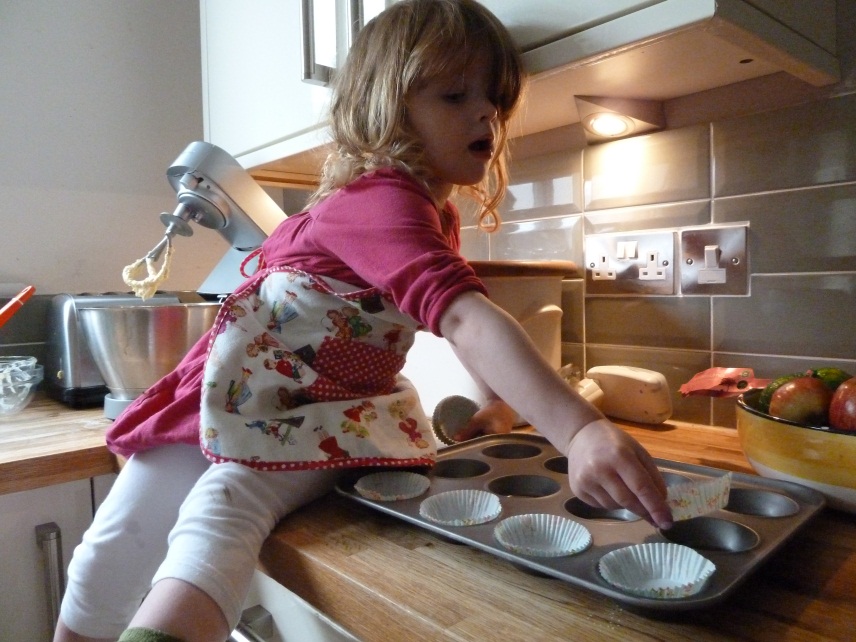 Counting out the cupcake cases…
Counting out the cupcake cases…
Getting the mixture in to the cases…sticky fingers time…
Sophie’s selection of decorations…vast majority of the blue sparkle ended up decorating the floor…
Topping the cakes…actually tasted very good!
All in all a SUCCESS!! A bath was required and the kitchen needed a scrub down, but we were happy!
If you fancy giving it a try here is the recipe we used, a few ideas for variations and some thoughts to help you survive your afternoon baking.
Basic Cupcake Recipe
175g soft butter
175g caster sugar
175g self raising flour
3 eggs
1 teaspoon vanilla extract
1 tablespoon whole milk
Preheat oven to 180c
Cream the butter and sugar together until light and fluffy. Lightly whisk the eggs just to break them up, then add in the vanilla extract. Slowly add the egg mixture to the creamed butter and sugar.
Sieve the flour on to the top of the mixture and pour on the milk. Gently mix together until fully incorporated.
Spoon the mixture into the cupcake cases (cases should be about two-thirds full) and bake in the centre of the oven for 18-20 minutes.
Leave to cool completely and decorate with toppings of your choice.
Toppings and variations
- Buy ready-made fondant icing, roll out and use a cutter to make circles to place on top of the cakes, then decorate with little flowers or hearts and edible glitter.
- Make some vanilla butter icing and pipe in large swirls onto the cakes; decorate with smarties or anything you like.
- Cut out a little sponge from the top of the cake, fill with jam, replace the ‘lid’ and cover with icing.
- For a chocolate surprise filling push a square of chocolate into the centre of each cupcake just before you put them in the oven.
A few thoughts to help you survive:
- Start with a shopping trip – take your little ones to the baking aisle and let them choose some cake decorating bits and pieces – most supermarkets have a great selection of coloured icing, cupcake cases and decorations. Perhaps set a limit to how many items they can choose. Whilst you are there you can get a bit of your weekly shop done too.
- If your children are very young weigh the ingredients yourself and set them aside. Let them have a go at breaking an egg into a bowl, then press on with your ready prepared ingredients (perhaps even make them yourself first and just let them do the decorating).
- Try and stay relaxed – the kitchen will be a mess (probably a complete right off), the kids will lick the bowl and try to eat all the decorations before you get started – just enjoy the chaos – there will probably come a time when they won’t want to spend a minute with you near the oven.
- Decant some of the decorations into small cupcake cases – this will stop them going wild and will hopefully limit the mess.
Give it a go and send us your photos…if not of the kids, at least of the mess they create!
Alice xx
This post was originally written for 4Manchester Women www.4Manchesterwomen.co.uk



